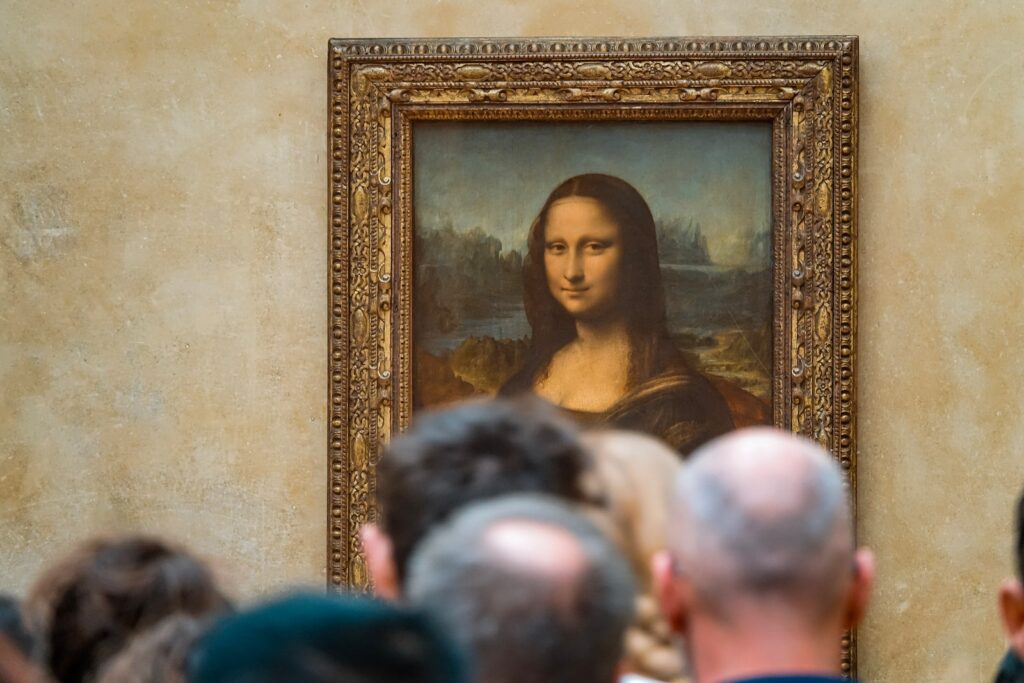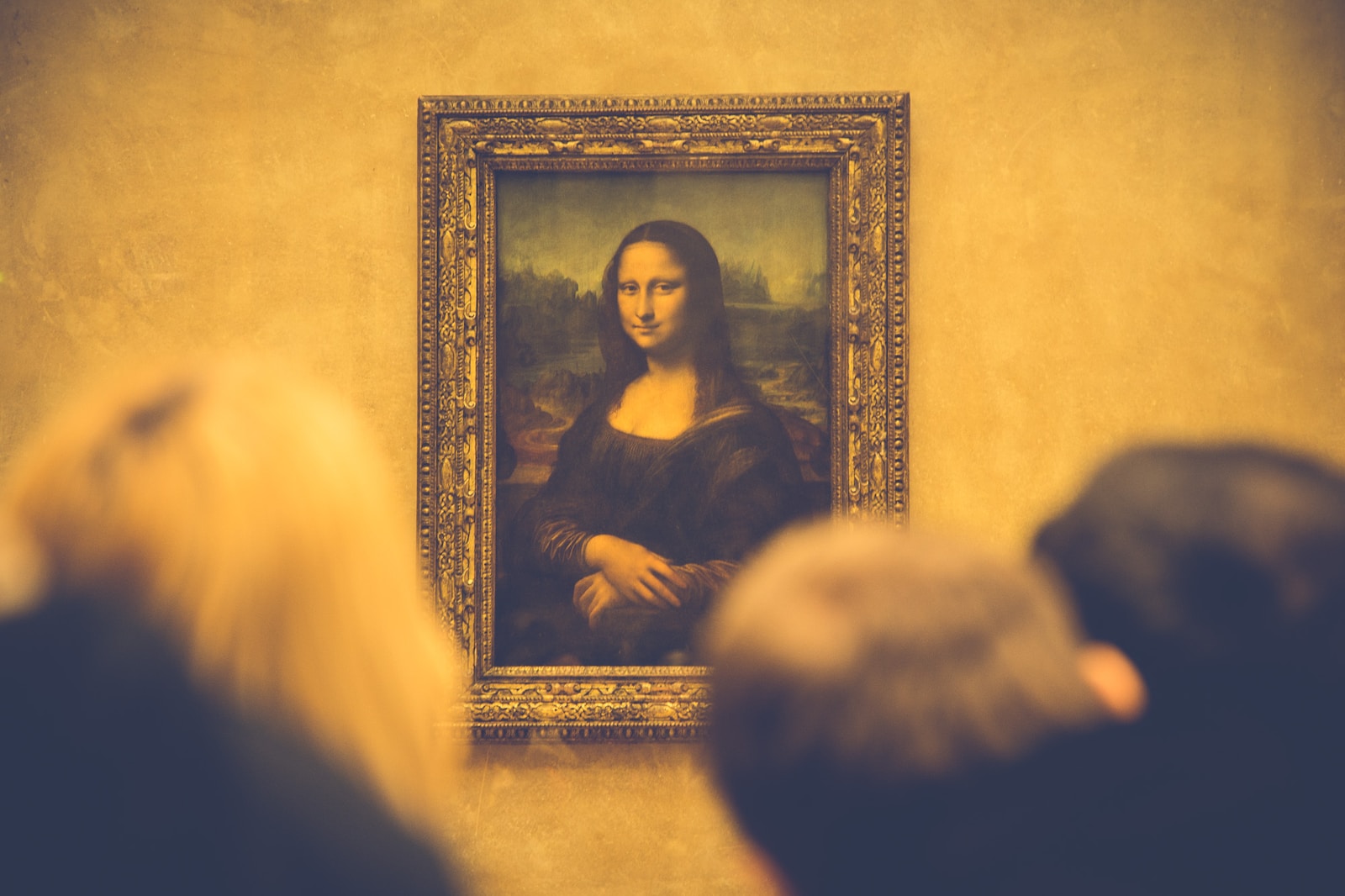A recent study suggests that Leonardo da Vinci, renowned for his diverse talents as a painter, inventor, and anatomist, may have been an innovative chemist as well. In a groundbreaking investigation utilizing X-ray diffraction and infrared spectroscopy, a collaborative team of scientists from France and Britain has uncovered a rare mineral compound within the iconic masterpiece, the ‘Mona Lisa.’ This discovery offers fresh insights into the techniques used in creating the artwork from the early 1500s and has been recently published in the Journal of the American Chemical Society.
In addition to the commonly known lead white pigment and oil, researchers detected a compound called plumbonacrite in the base layer of the painting. While plumbonacrite had been previously identified in several 17th-century works by artists like Rembrandt in a study from 2019, its presence had not been documented in works from the Italian Renaissance until this latest analysis.
Plumbonacrite forms when lead oxides combine with oil, a technique later employed by artists such as Rembrandt to expedite the drying of paint. The discovery of this rare compound in the ‘Mona Lisa’ suggests that Leonardo da Vinci might have been an early pioneer of this innovative approach. Gilles Wallez, one of the authors of the recent study and a professor at Sorbonne University in Paris who was also involved in the 2019 report, emphasized Leonardo’s multifaceted genius. He noted that Leonardo was not only an artist but also a chemist, physicist, and experimenter who sought to advance the knowledge of his time.

Wallez added, “Each time you discover something on his processes, you discover that he was clearly ahead of his time.”
The ‘Mona Lisa,’ like many paintings from the 16th century, was created on a wooden panel that required a substantial base layer. The researchers speculate that Leonardo formulated his mixture of lead oxide powder with linseed oil to create the thick paint layer needed for the initial coat, unintentionally giving rise to the rare compound.
In contemporary times, taking samples from the ‘Mona Lisa’ is prohibited, as the painting is safeguarded behind glass at the Louvre in Paris. However, using a micro-sample collected in 2007 from an area just behind the artwork’s frame, scientists were able to analyze the paint with a high-tech synchrotron machine. This particle accelerator enabled the team to study the composition of the speck at a molecular level.
Wallez explained, “These samples have a very high cultural value. You can’t afford to take big samples on a painting, so a synchrotron is the best way to analyze them.”
Notably, the chemical makeup of the base layer of Leonardo’s mural “The Last Supper” was found to be identical to that of the “Mona Lisa,” even though the mural was painted on a wall. Researchers had a larger collection of samples from “The Last Supper,” totaling 17, which had flaked off the wall over time.
Both the “Mona Lisa” and “The Last Supper” are among the fewer than 20 known paintings created by Leonardo during his lifetime. Researchers aim to uncover more about the artist and his techniques as they continue their investigations.
William Wallace, a distinguished professor and chair of art history and architecture at Washington University in St. Louis, commented on Leonardo’s inventive nature, stating, “We have long known that Leonardo was an inveterate experimenter. Therefore, it is not all surprising that we see him experimenting in other media, especially given his dedicated search for the best painterly techniques (often untraditional) to create his ‘living’ works of art.” Wallace, an expert in Renaissance art and architecture, was not involved in the study.















